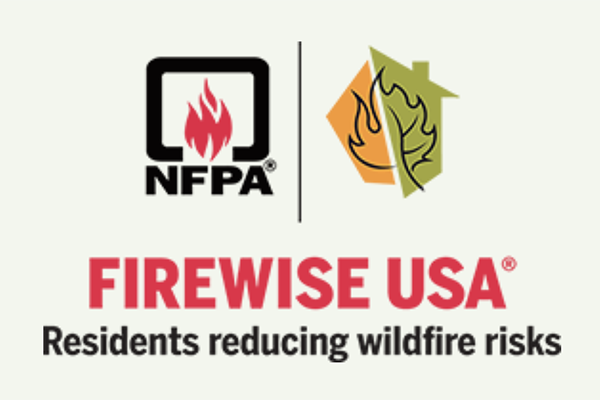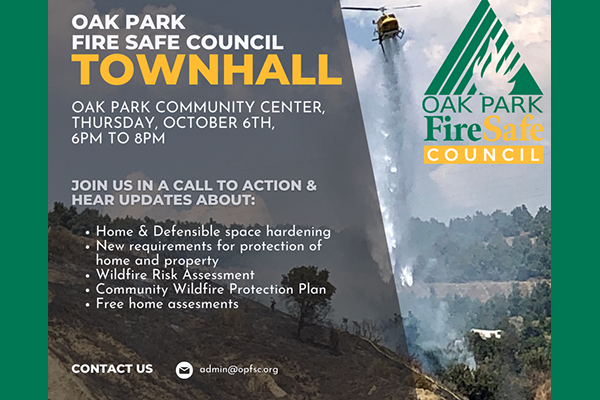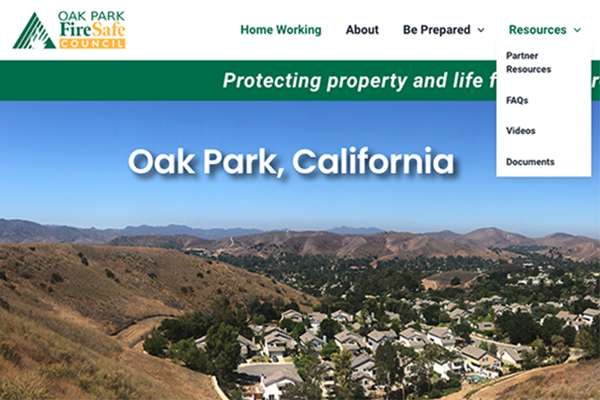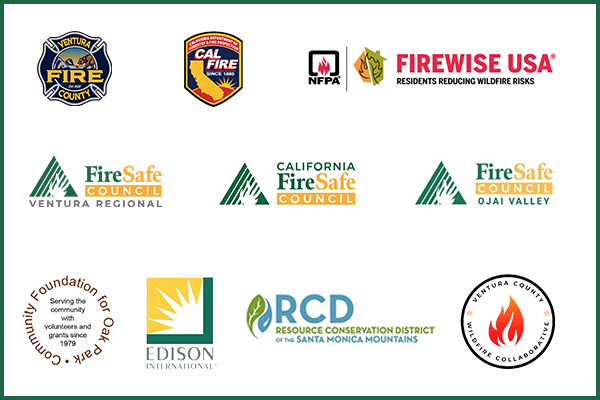The National Fire Protection Association (NFPA) developed the Firewise program specifically to protect communities from wildfire. The program improves the wildfire resiliency of the community and the individual homes and is recognized for doing so by California and its insurance companies. This improves the likelihood of your entire community retaining insurance and reducing the cost of the insurance.
NFPA identifies several strategies and best practices for success with the program.
Success Strategies:
- Community requirements: Communities with mandates or covenants like homeowners associations have clear institutional structures that allow for consistent leadership and mitigation requirements. From the NFPA guidelines: “These communities are in a very fortunate circumstance where they can mandate and say, ‘It’s going to happen. You’re going to rake your yard. You’re going to cut the trees.'”
- Neighbor-to-neighbor communication: Neighbors are highly effective at teaching other neighbors’ best practices and mitigation strategies, especially in communities opposed to government intervention. “It’s about finding the right person that can have that neighbor-to-neighbor conversation in a non-threatening way that both parties understand what needs to happen.”
- Community cohesion: Successful Firewise sites often have high levels of participation in community events and activities, with Firewise contributing to stronger relationships. “You build these relationships beyond just feeding a chipper, and you find out that, ‘Hey, these people are really neat.’ You want to spend more time with them.”
- Coordination with local and state governments: Close relationships with local and state government agencies help Firewise leaders better understand their risks, protect communities, and identify grant opportunities. The Ventura County Fire Department, for example, has been not only helpful and informative, but they are just great people to work with. They are so knowledgeable and have gone above and beyond to help us be successful with our Firewise program in Oak Park.
Best Practices:
- Identify spark plugs and form committees – Firewise sites need dedicated leaders and ideally committees to organize fire mitigation activities and ensure long-term success. NFPA: “If there’s a committee of Firewise people, it’s better. So, nobody’s an island, and you have a team that’s sharing the work and the messages.”
- Educate residents on fire risk reduction – Learning about wildfire risk and mitigation is a critical step in pursuing risk mitigation. Newsletters, door hangers, and face-to-face communication improve resident knowledge. “A lot of the first few years is educating, working on getting buy-in from people…. You will start to see more people coming to the events and getting involved and asking questions and taking the information and using it at home.”
- Remain committed despite setbacks – Firewise leaders should anticipate slow progress and possible resistance from residents but should stay committed to Firewise principles. “Plan Firewise as a two to three-year process. It takes a while to get substantial buy-in, and don’t expect overnight results.”
- Learn from nearby Firewise sites – Leaders of new sites should connect with local organizations and institutions for resources or information to learn best practices. “Go to other Firewise groups. They will be glad to share with you what they have done, and lessons learned.”




